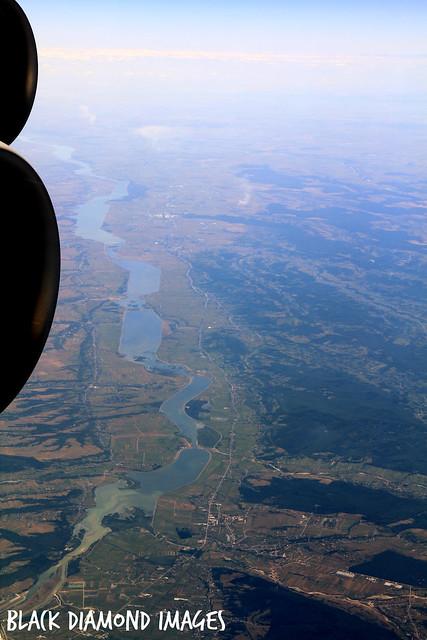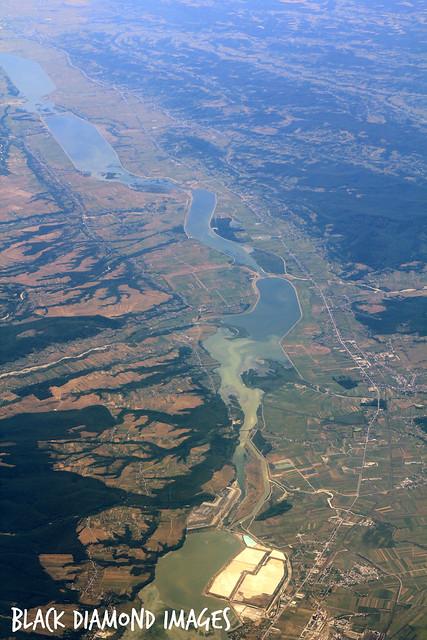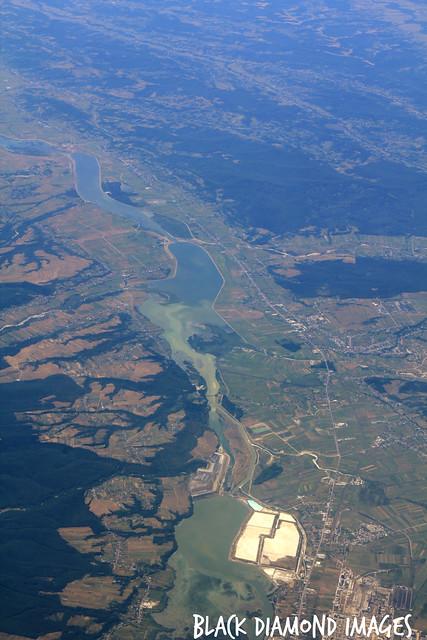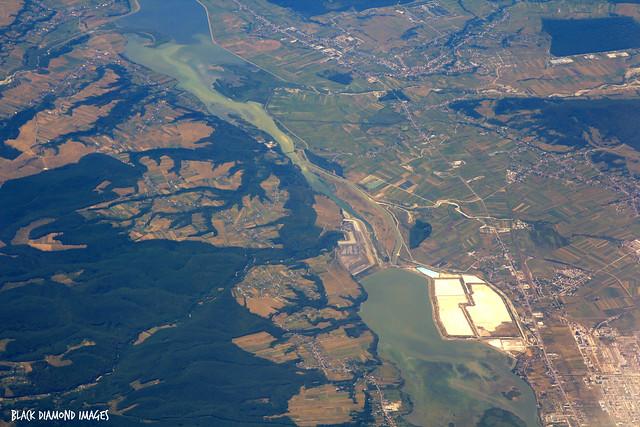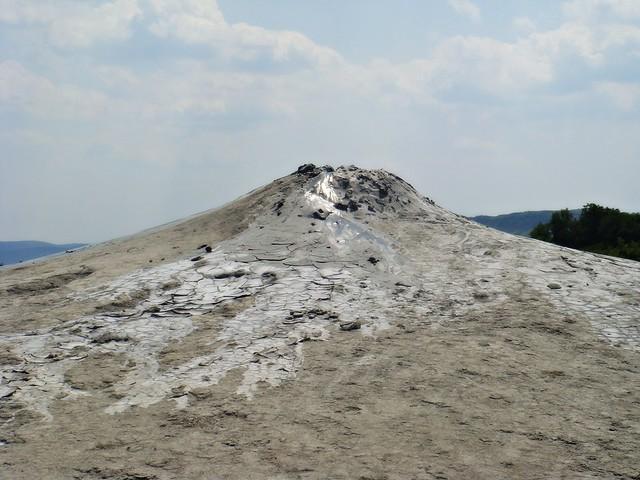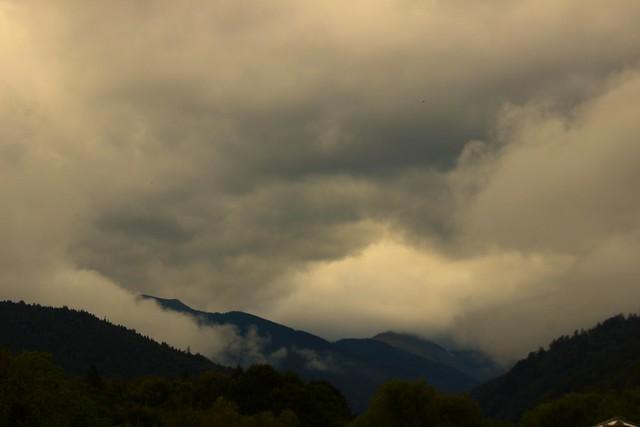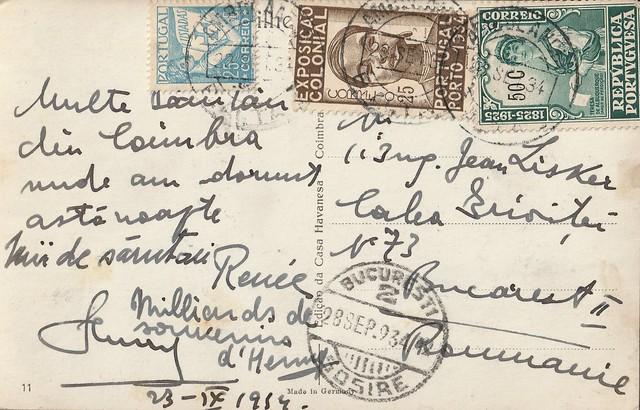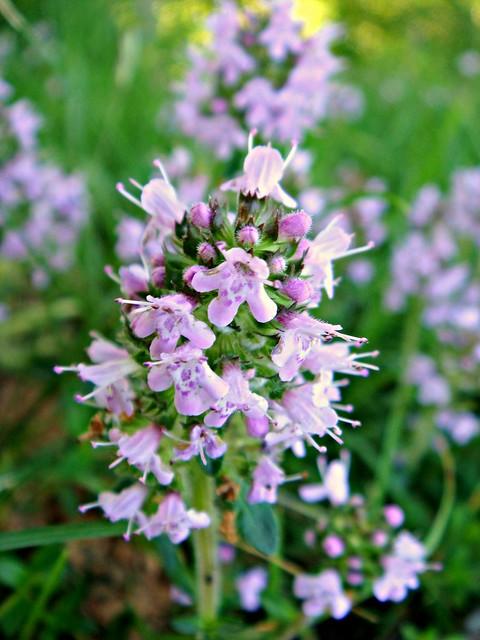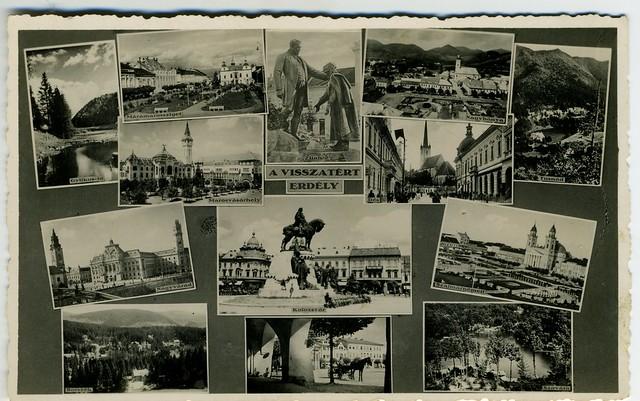Covasna County
Overview
Covasna County, located in the central part of Romania, is a unique destination renowned for its rich history, multicultural heritage, and natural beauty. Often referred to as the "land of mansions and mineral waters," this area boasts a distinct culture influenced by Hungarian, Romanian, and Székely traditions. Covasna is famous for its therapeutic mineral waters, mofettas (natural gas emanations used for therapeutic purposes), and well-preserved medieval fortresses and churches. The region is also celebrated for its culinary diversity, featuring a mix of Romanian and Hungarian cuisines, with specialties like kürtőskalács (a sweet spiral-shaped pastry) and various game dishes.
The best time to visit Covasna County is during the summer months, from June to August, when the weather is warm and pleasant, making it ideal for outdoor activities. This season is perfect for exploring the county's natural landscapes, including the hiking trails in the Carpathian Mountains and enjoying the numerous wellness centers that utilize the local mineral waters for health treatments. Winter, from December to February, also attracts visitors interested in snow sports like skiing and snowboarding at the various resorts in the region, such as those in the Balvanyos area.
Before traveling to Covasna County, there are several preparations that teenagers should consider. It's essential to pack appropriate clothing for seasonal weather conditions; lightweight attire for summer and warm, waterproof gear for winter. Additionally, while Romanian is the official language, knowledge of basic Hungarian phrases can be helpful, as it is widely spoken in the area. Visitors should also be ready to adjust to the tranquil pace of rural life in many parts of the county and plan their itinerary to include both cultural experiences and natural explorations to fully appreciate what Covasna has to offer.
How It Becomes to This
History not available

You May Like
Explore other interesting states in Romania
Discover More Area
Delve into more destinations within this state and uncover hidden gems.


